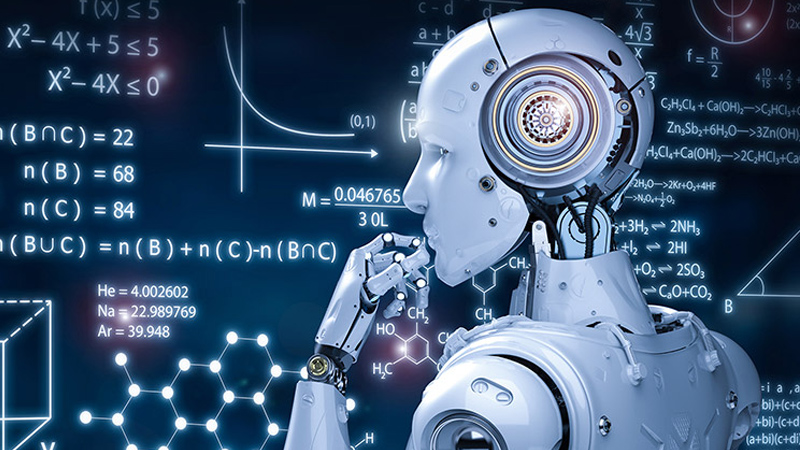Research on Detecting AI-Generated Images using Computer Vision to Help with Question 3

(Fujitsu AI, 2023)
👉 Introduction to this Blog
In recent years, the advancement of artificial intelligence (AI) has led to a significant improvement in the quality of AI-generated images. While this progress has unlocked numerous opportunities, it has also raised concerns regarding the authenticity and trustworthiness of such images. To tackle this issue, we embark on a mini research project to explore whether computer vision techniques can be employed to discern between real and AI-generated images. This blog post delves into the design of a deep learning model, evaluation of its performance, and analysis of the impact of various hyperparameters and architecture choices. We base our investigation on the CIFAKE dataset, comprising 60,000 synthetic and real images, which was released on Kaggle in 2023.
👉 Understanding the Challenge:
To begin our research, we must delve into the complexities of differentiating real images from AI-generated counterparts. With advancements like Generative Adversarial Networks (GANs) and image synthesis techniques, AI algorithms have become remarkably proficient at generating realistic images that can easily deceive human perception. Therefore, it is crucial to develop robust computer vision models that can effectively distinguish between the two categories.
👉 Dataset Overview:
The CIFAKE dataset serves as the foundation for our research, offering a diverse collection of 60,000 AI-generated images and an equal number of real images sourced from CIFAR-10. It is important to note that the dataset was created explicitly for this research project, and it contains a balanced distribution of both image types.
👉 Designing the Deep Learning Model:
For our classification task, we opt for a deep learning approach, leveraging convolutional neural networks (CNNs) as they excel in image analysis tasks. Our model architecture consists of multiple convolutional and pooling layers, followed by fully connected layers and a softmax output layer. The number of layers, filter sizes, activation functions, and dropout rates are key design choices that will be explored to optimize the model’s performance.
👉 Training and Evaluation:
To train our model, we split the CIFAKE dataset into training, validation, and test sets. The model is trained on the training set using backpropagation and stochastic gradient descent, with the goal of minimizing the cross-entropy loss. The hyperparameters, such as learning rate, batch size, and weight decay, will be systematically varied to analyze their impact on model accuracy and training time.
👉 Impact of Architecture Choices:
One of the key aspects of our research is to analyze the impact of different architecture choices on the model’s accuracy and training time. By experimenting with variations in the number of layers, filter sizes, and activation functions, we aim to identify the architecture that maximizes performance while maintaining computational efficiency.
🤔 Future Directions:
While our model may exhibit promising results on the CIFAKE dataset, it is essential to consider its generalization capabilities. Future research could involve evaluating the model on external datasets, including other types of AI-generated images, to assess its robustness. Additionally, exploring advanced techniques such as transfer learning and ensemble models might further enhance the accuracy and reliability of image classification.
(OpenAI, 2022) Used for background information research, see References for details.